In general, there are three ways of 25G access of server, namely DAC (Direct Attach Cable), optical transceiver and AOC(Active Optical Cable).
DAC can reach no more than 5m, so it is difficult to meet the requirements of cross-rack wiring distance.
The optical transceiver can reach up to 100m or more using multi-mode fiber, but the cost is high.
AOC is an Active Optical Cable. AOC can reach up to 30m at a reasonable cost.
Therefore, AOC cable is a good choice for cross-rack server access, which is more suitable for China’s current data center rack power and network architecture. Here’s some information about the 25G AOC that you may be wondering about.
25G AOC provides a cost-effective solution for those same data center applications that require longer distance interconnect using active optical Ethernet technology. There are some advantages to 25G AOC.
The Advantages of 25G AOC
25G is the next trend from 10G to reduce the cost per Gbit/sec
25G provides 2.5 times the bandwidth of 10G using in the same SFP form factor
25G is ideal for data center top of the rack, wireless backhaul and enterprise interconnect applications
25G meets the newest server adapter requirements
10/25G transceivers are compatible with 10G, 25G, 40G and 100G transceivers
The Gigalight 25G SFP28 Active Optical Cables (AOCs) are direct-attach fiber assemblies with SFP28 connectors, compliant with 25G Ethernet IEEE 802.3by 25GBASE-SR standard. They are suitable for short distances and offer a cost-effective solution to connect within racks and across adjacent racks. The length is up to 70 meters using OM3 MMF and 100 meters using OM4 MMF. COB solution is used in the TX and RX.
The Highlights and Advantages of Gigalight 25G SFP28 AOC
Low power consumption<1W
The pre-FEC bit error ratio (BER) is guaranteed to meet E10-8 25.78125Gb/s@PRBS31, 55℃, Better than the IEEE pre-FEC BER of less than 5 E-5.
Mature COB technology
Low Cost
High capacity, timely delivery
CE, UL, RoHS, GR-468 test report
Active Optical Cables Market by Protocol Type
Ethernet
InfiniBand
HDMI PCI Express (PCIe)
Thunderbolt
Others
Application of AOC
Active Optical Cable assembly. Cable assemblies that use fiber–optic transceivers and fiber-optic interconnect to transmit high-speed serial data such as InfiniBand and Ethernet.
Data center
The data center is expected to lead the end-user segment of the active optical cable in recent years.
Active optical cables play a key role in the data center market. Active optical cables are largely used in the data center to meet the need for increased bandwidth and low power. The data center market also needs a broad portfolio of fiber optic modules to connect servers, switches, and storage, which is accomplished by an active optical cable. Therefore, the increase in the deployment of data centers is a key factor behind the growth of the active optical cable market.
High-Performance Computing
Consumer Electronics
Telecommunication
Global Key Region Production Market Share
China
China will be the leading country in the active optical cable market in the APAC region in recent years.
North America
North America is expected to hold the largest market share in recent years. Currently, North America holds the largest share of the active optical cable market. The U.S. invests heavily in the data center sector which is becoming a major hub for the integration of active optical cable. Huge numbers of the data center are seen in the U.S., where active optical cables are increasingly being used.
Europe
APAC
APAC is estimated to grow at the highest rate in the overall market till 2022. The data center and consumer electronics are major sectors driving the growth of the active optical cable market in the APAC.
RoW
Conclusion
Within the data center, AOCs continue to be deployed to optimize the existing infrastructure by providing higher data rates among servers, switches and storage facilities. Since China’s data center AOC commercialization in 2013, Gigalight has successfully developed a series of rich and comprehensive product portfolios that meet the requirements of next-generation data centers. As one of the global AOC providers around the world, Gigalight has a complete product line includes SFP, QSFP, SFP-DD, CXP, QSFP-DD form factor. The latest product portfolios include the ultra-high-speed 400G QSFP-DD AOC, 200G QSFP-DD AOC, 200G QSFP56 AOC, and 100G QSFP28 AOC, etc.. Gigalight also provides data center customers with customized products and services to meet the more extreme requirements.



